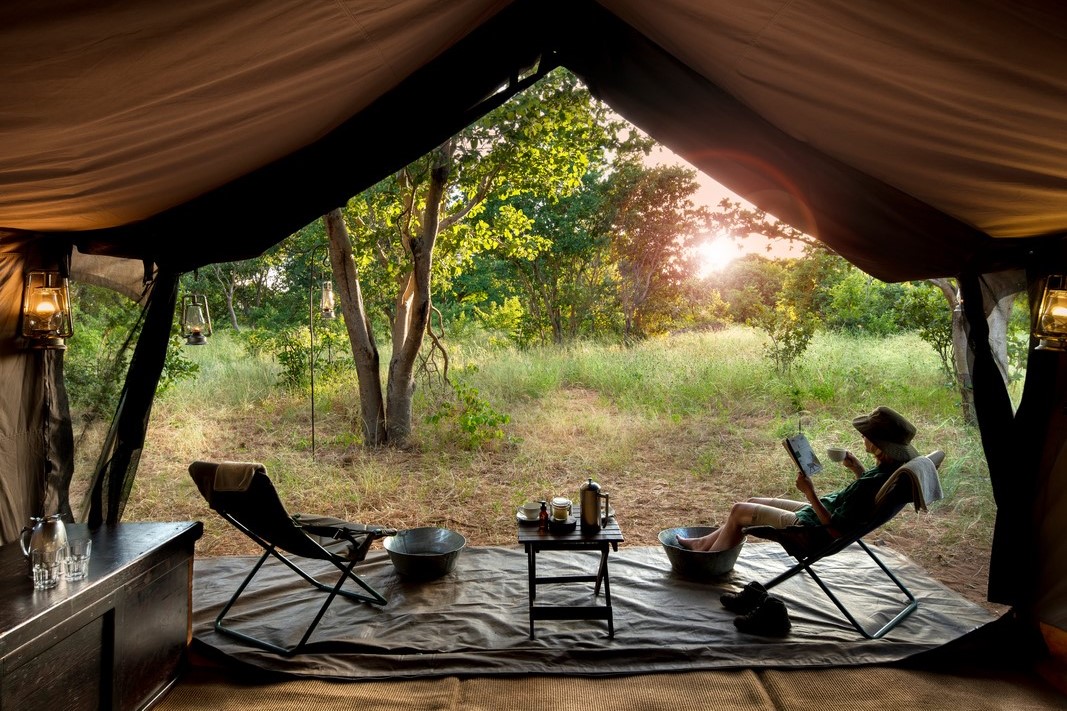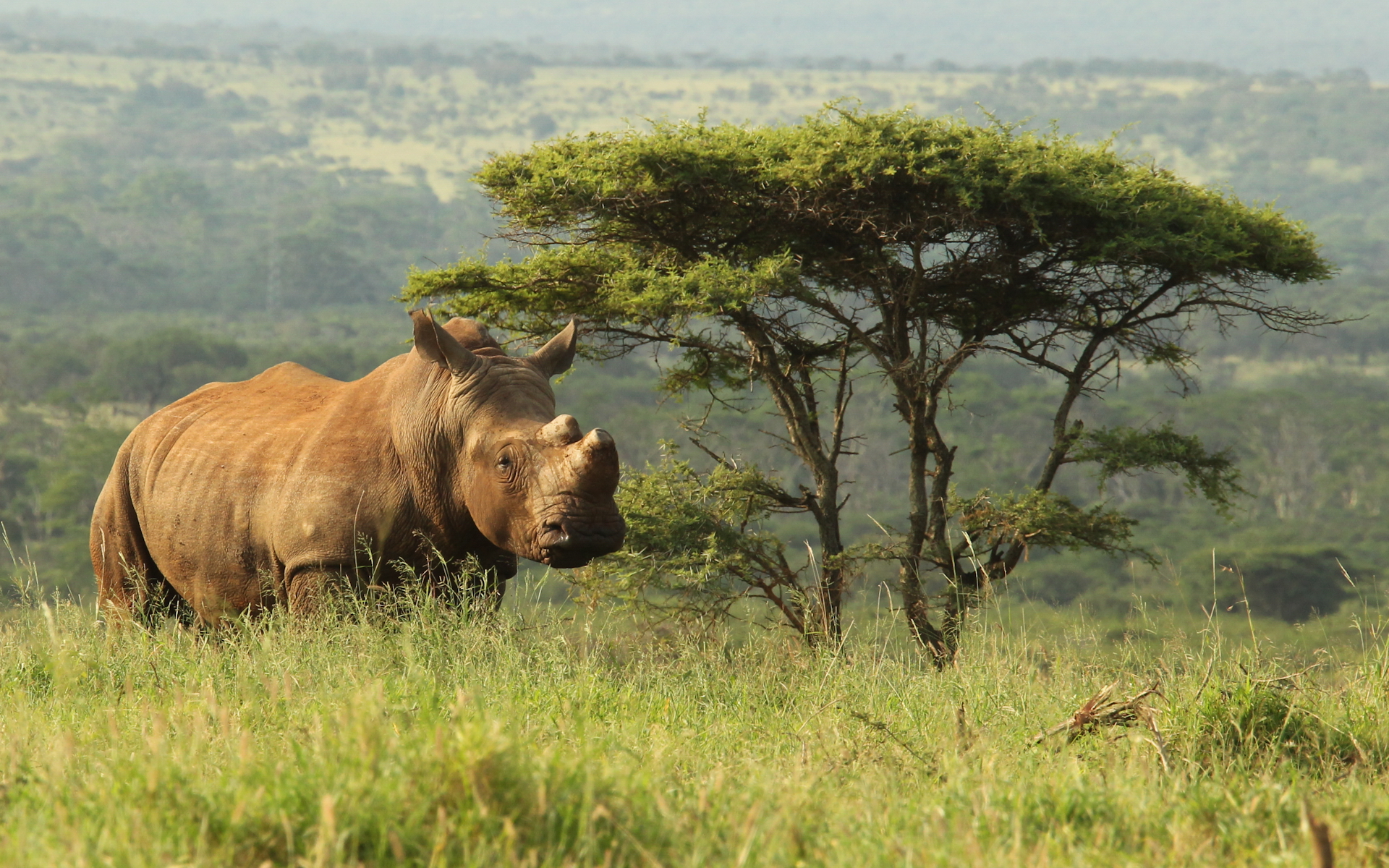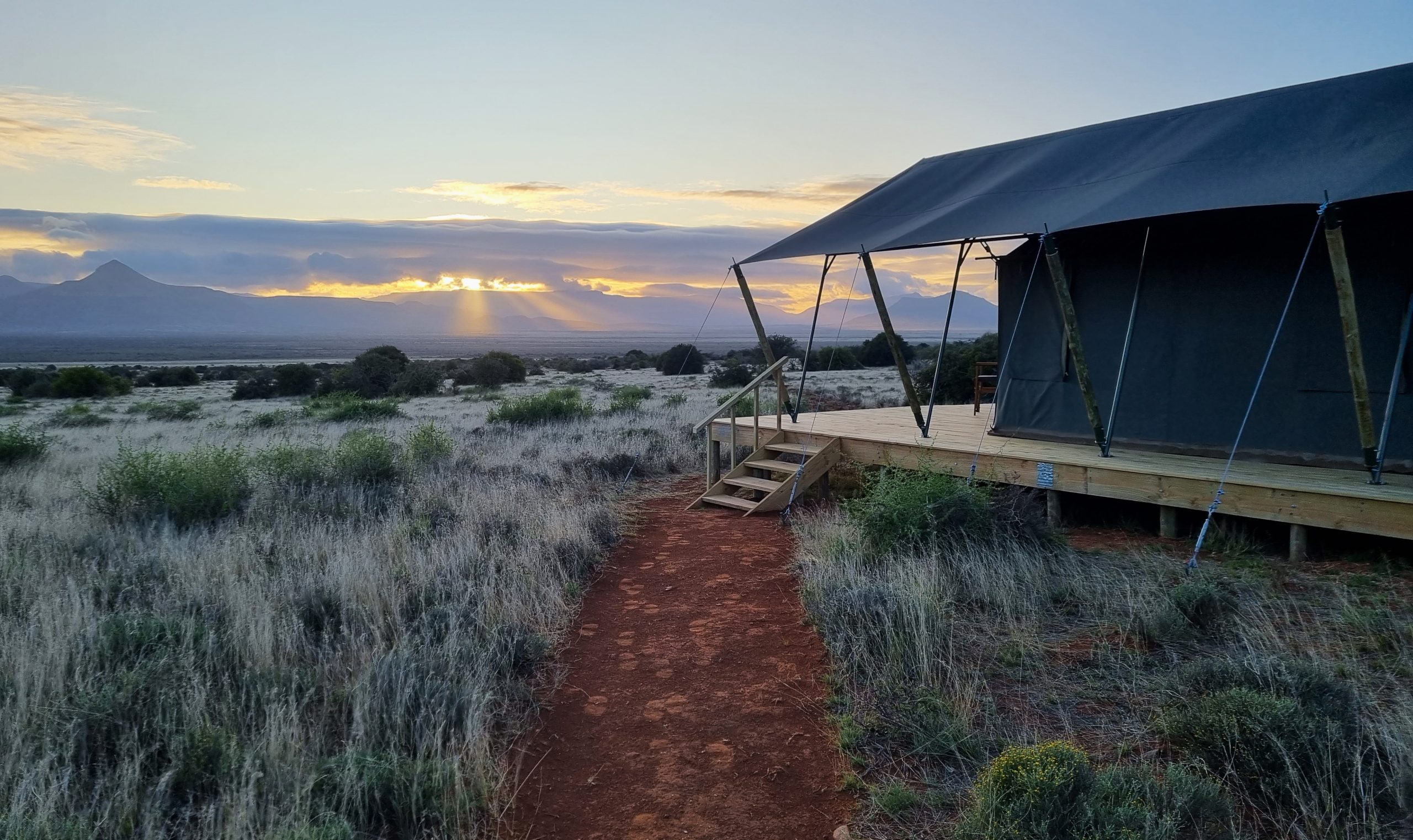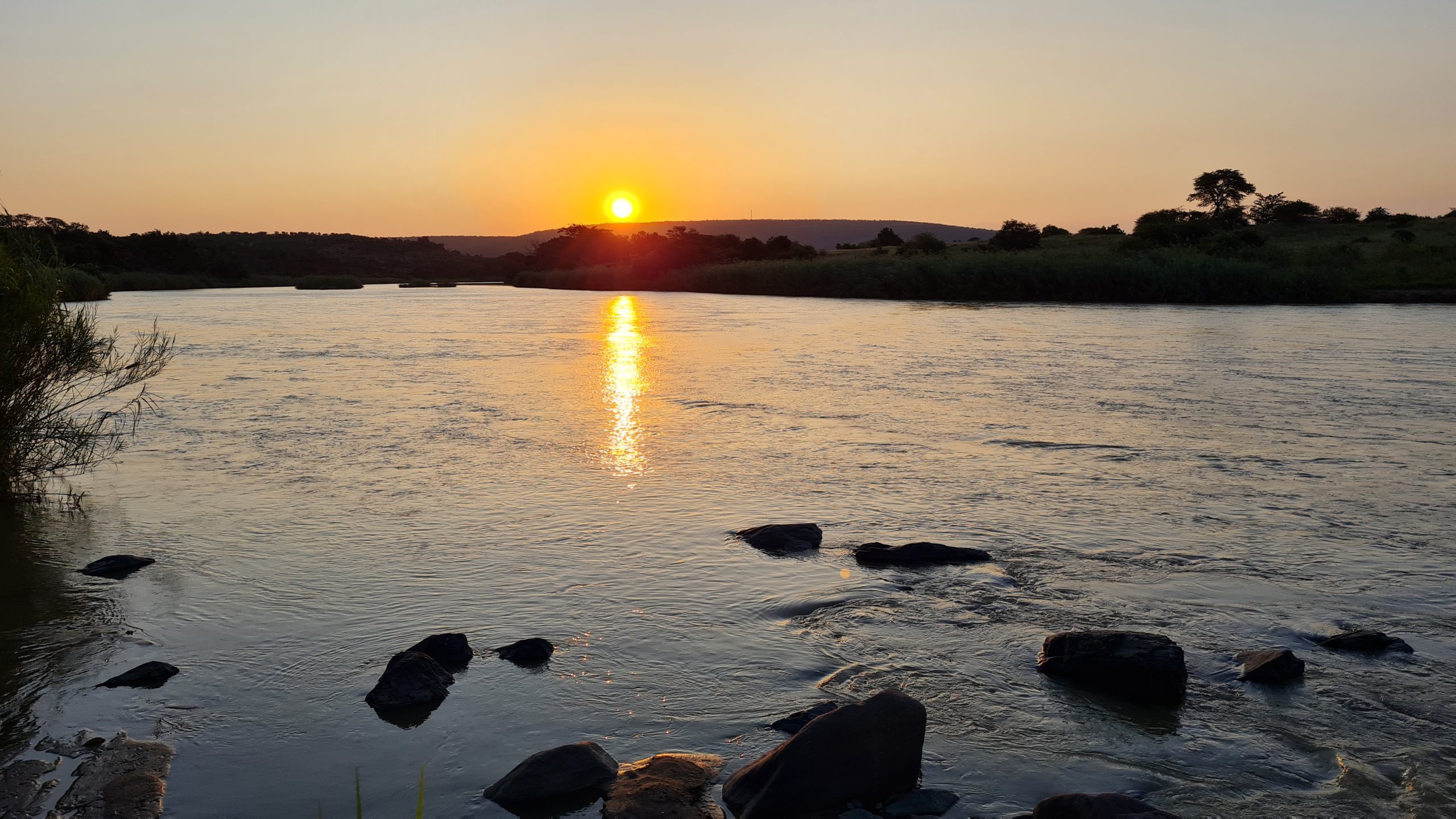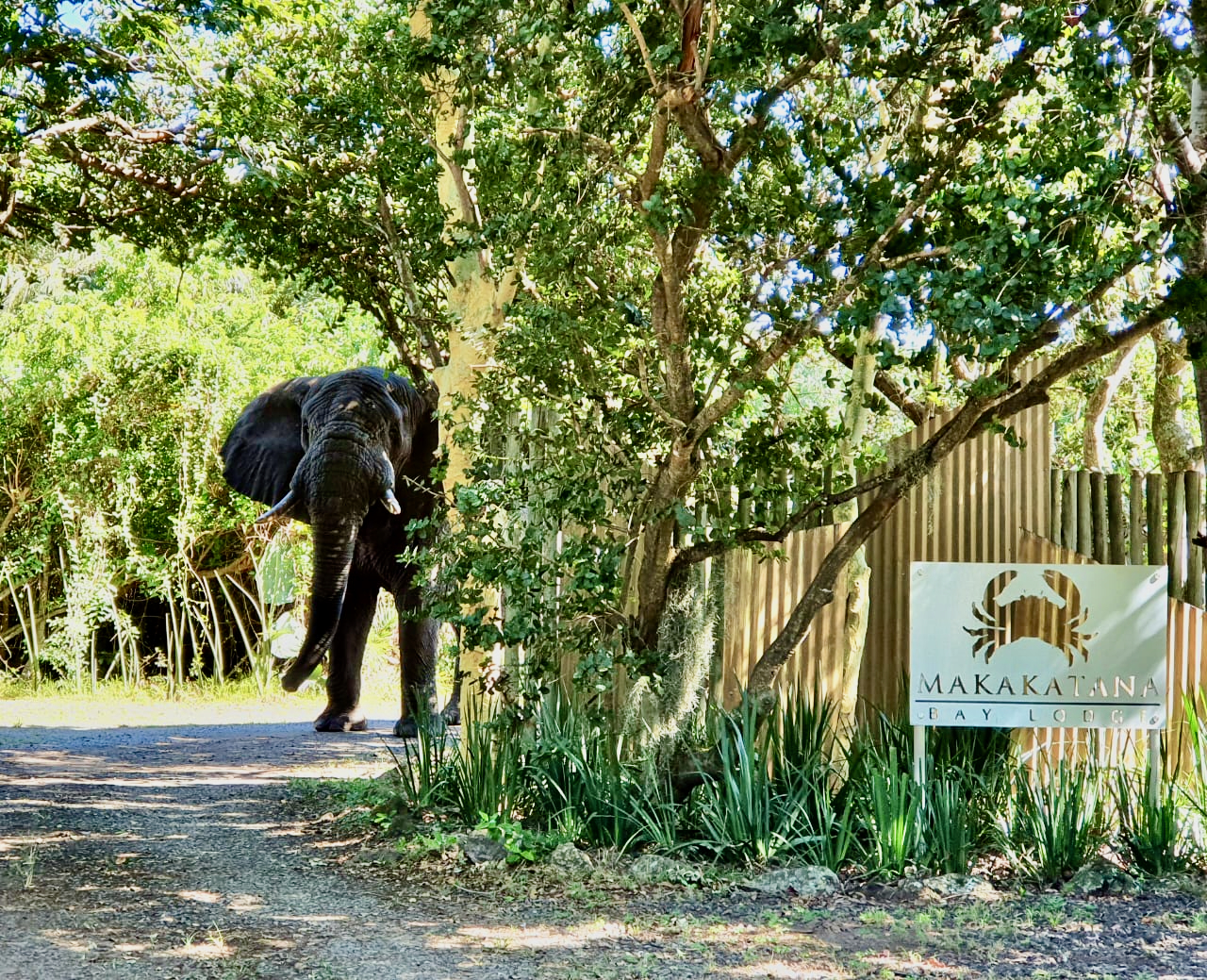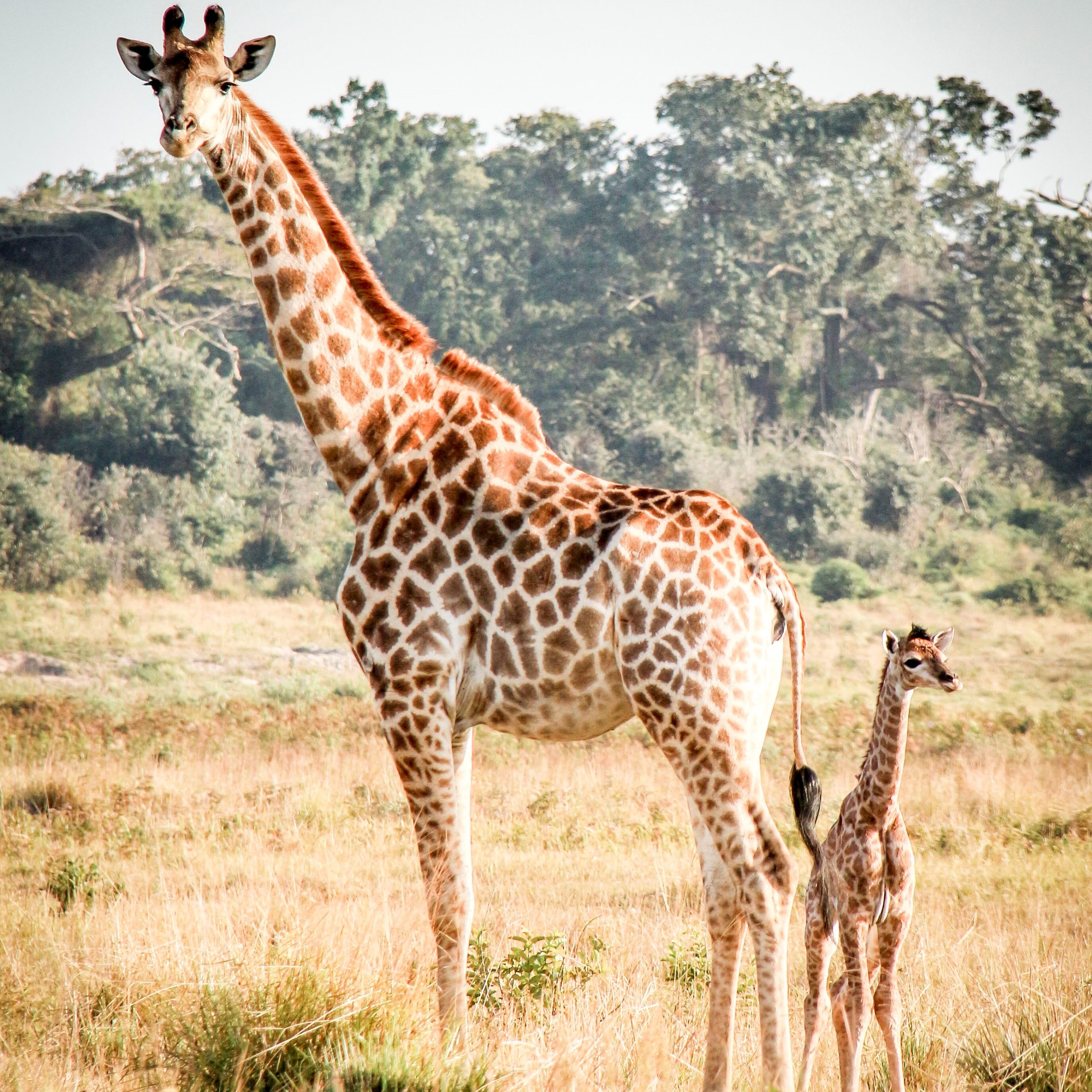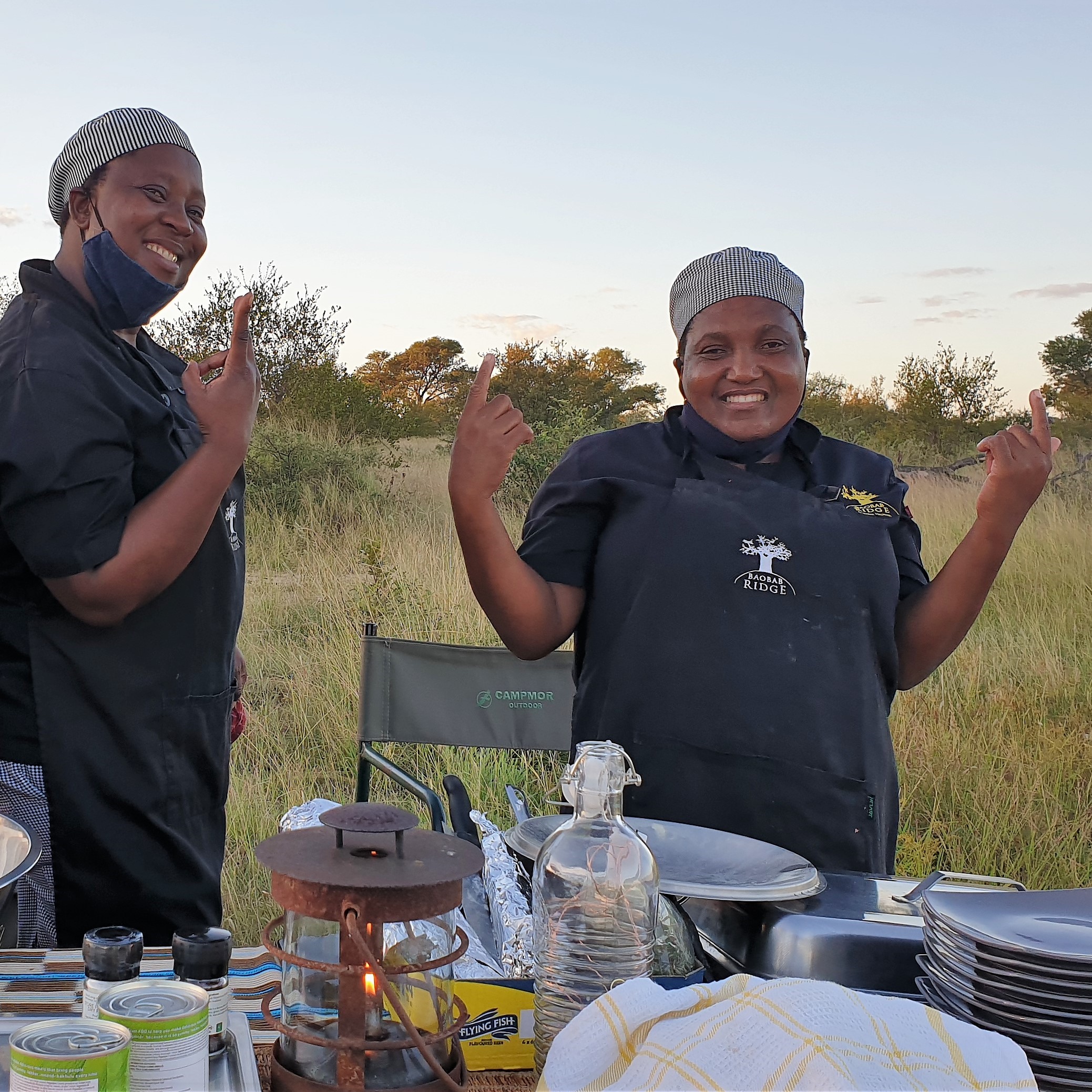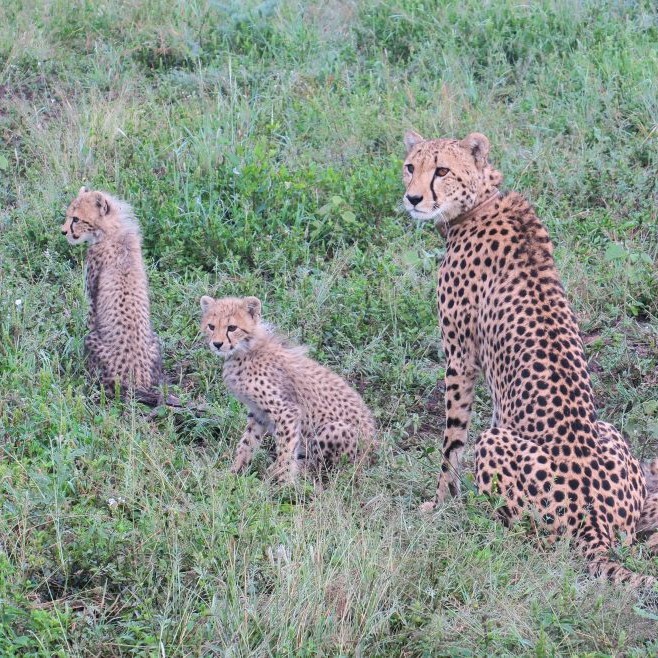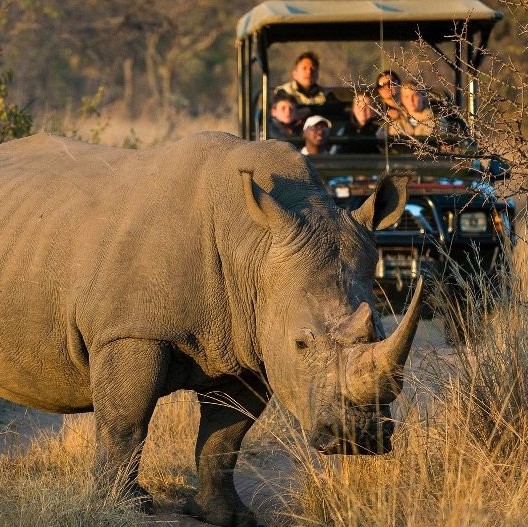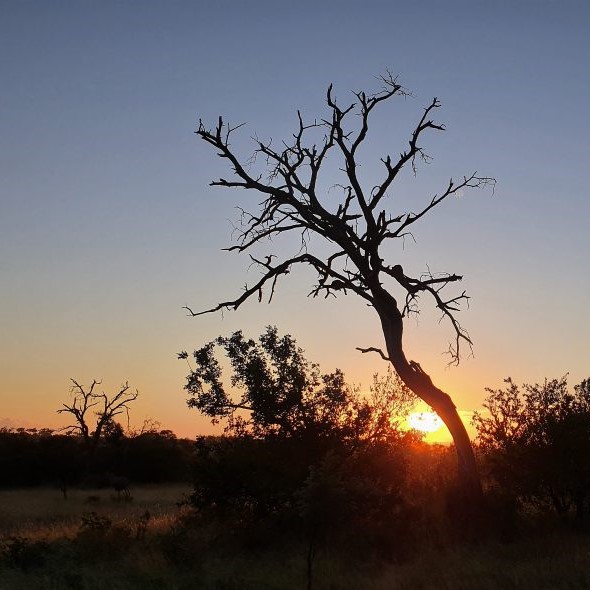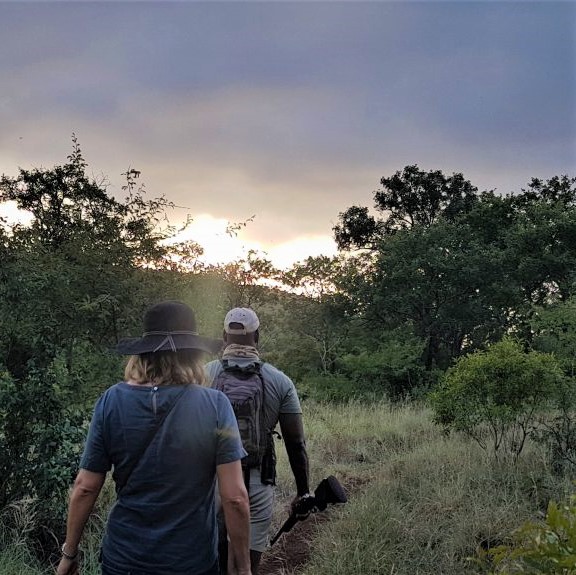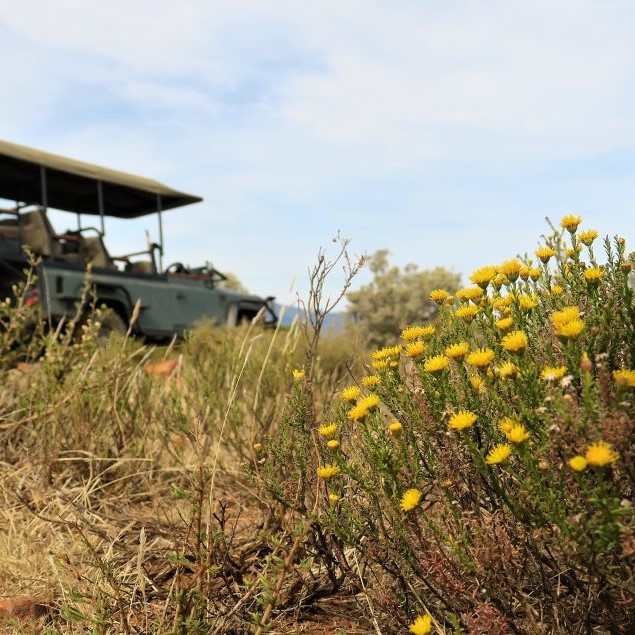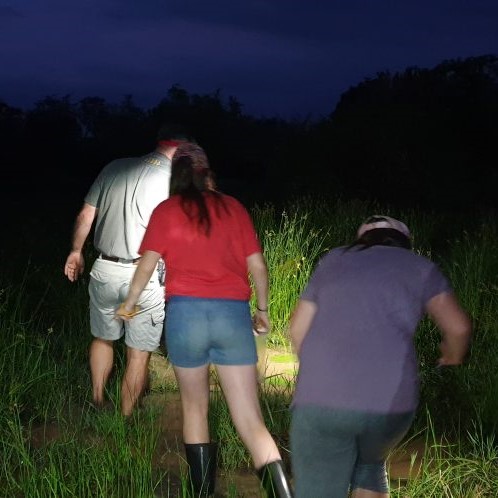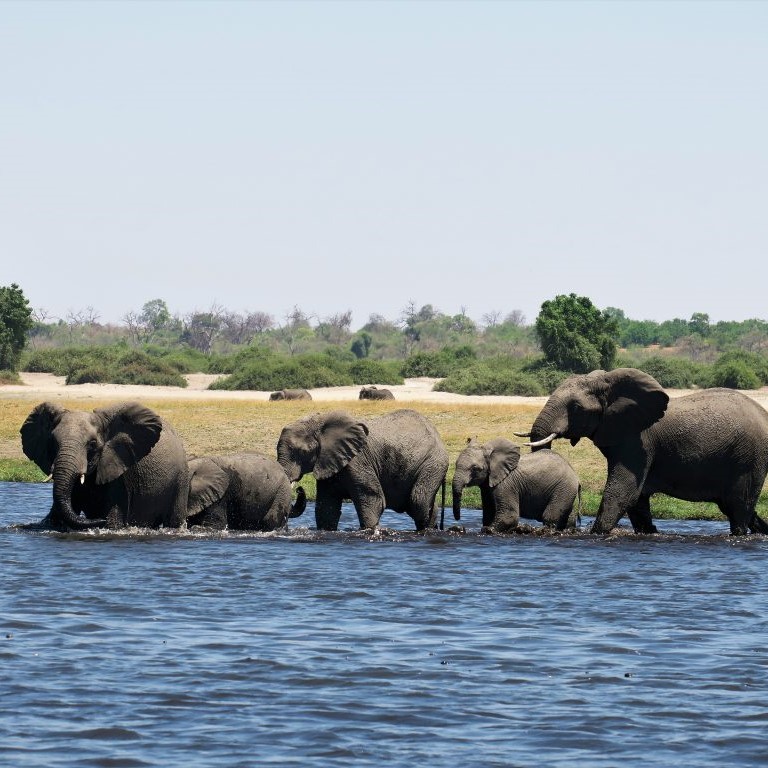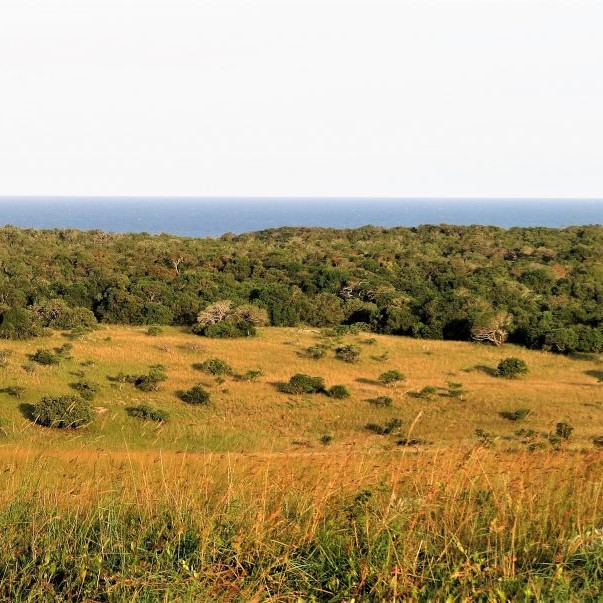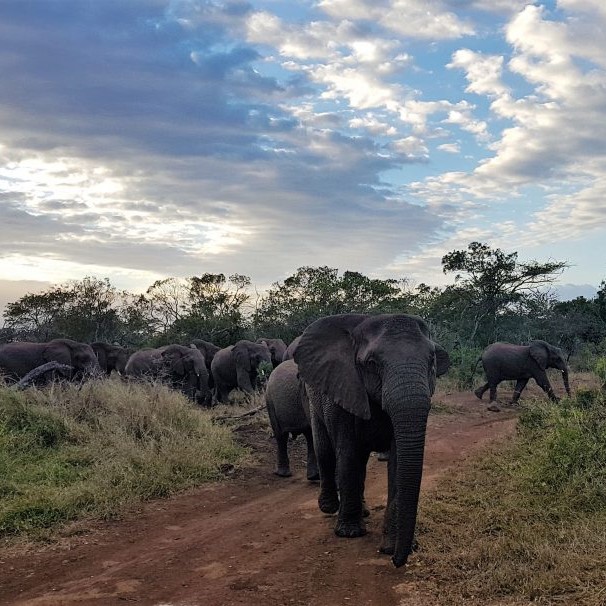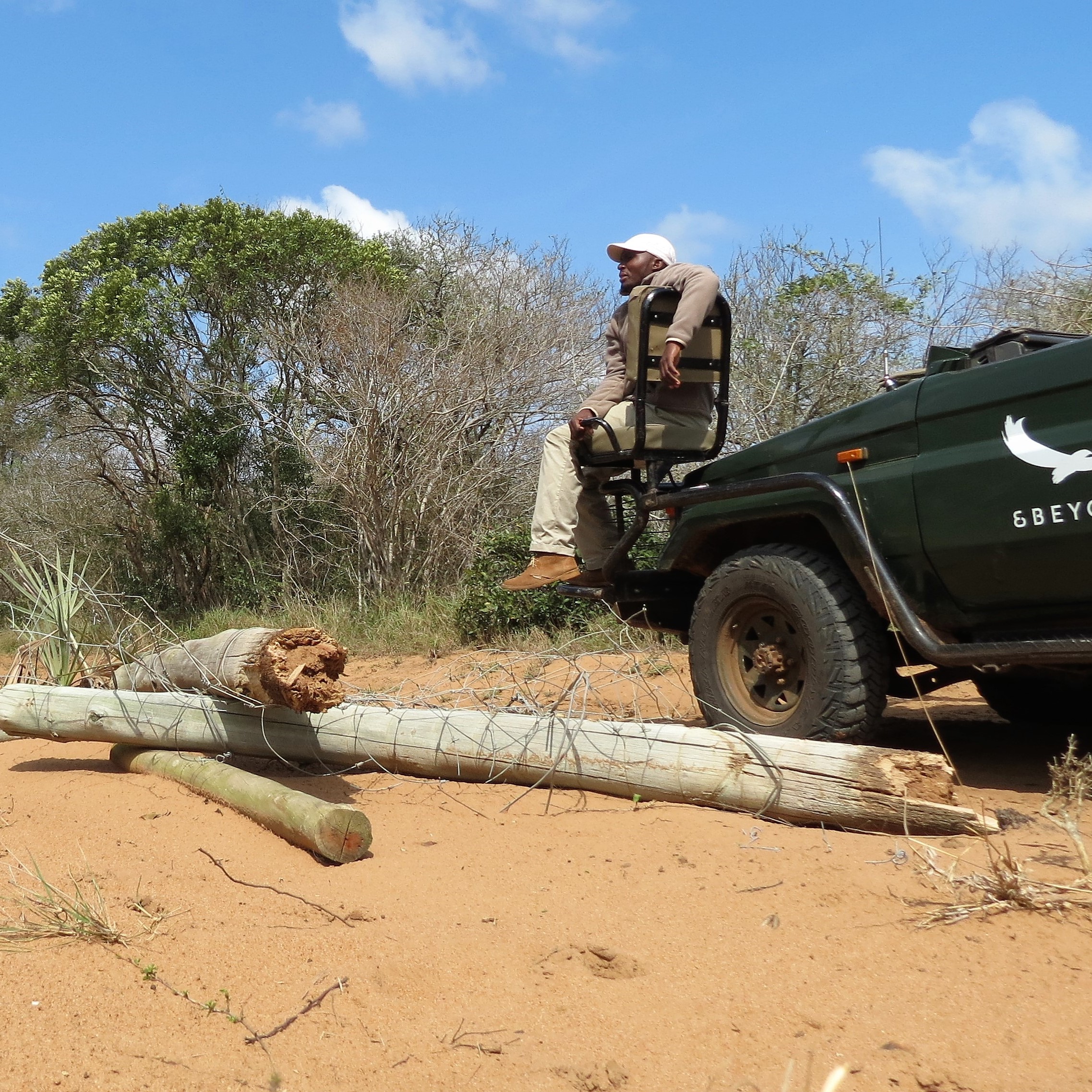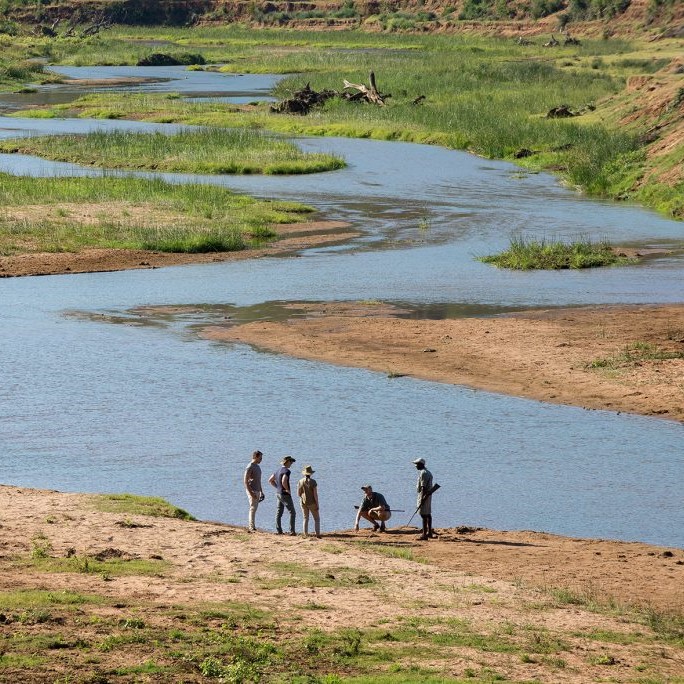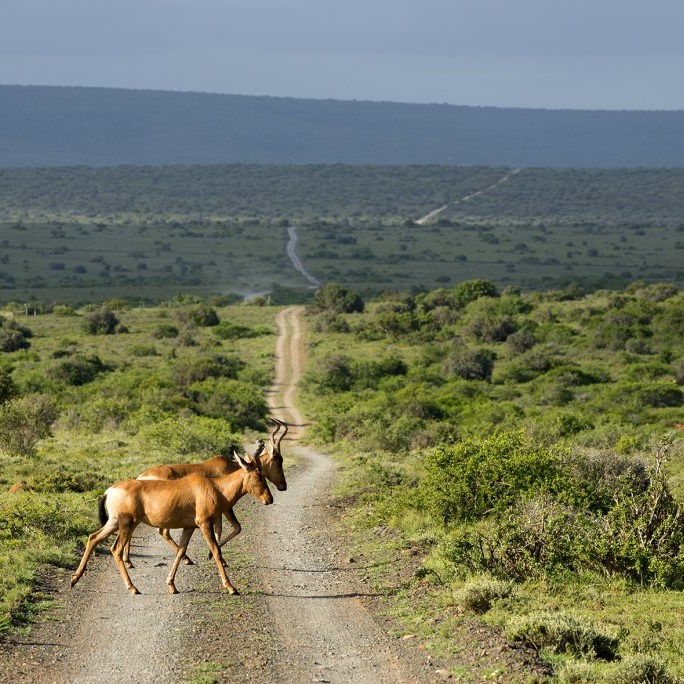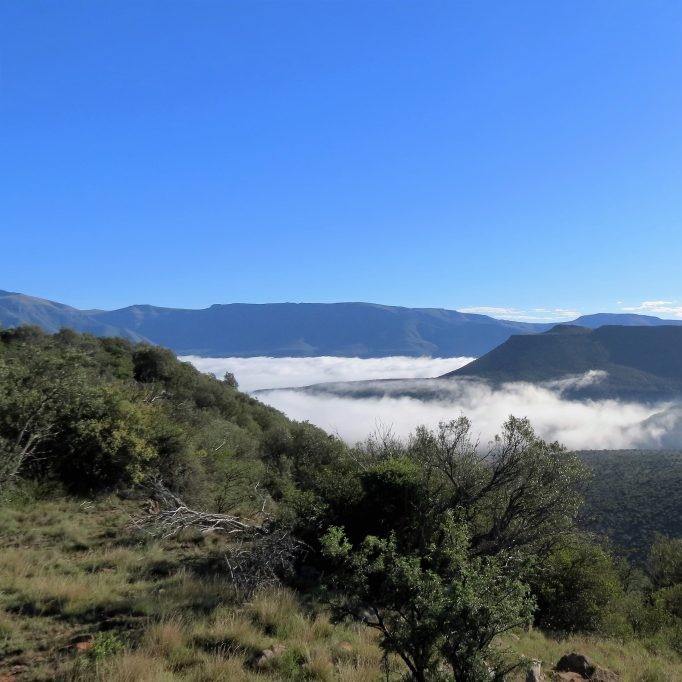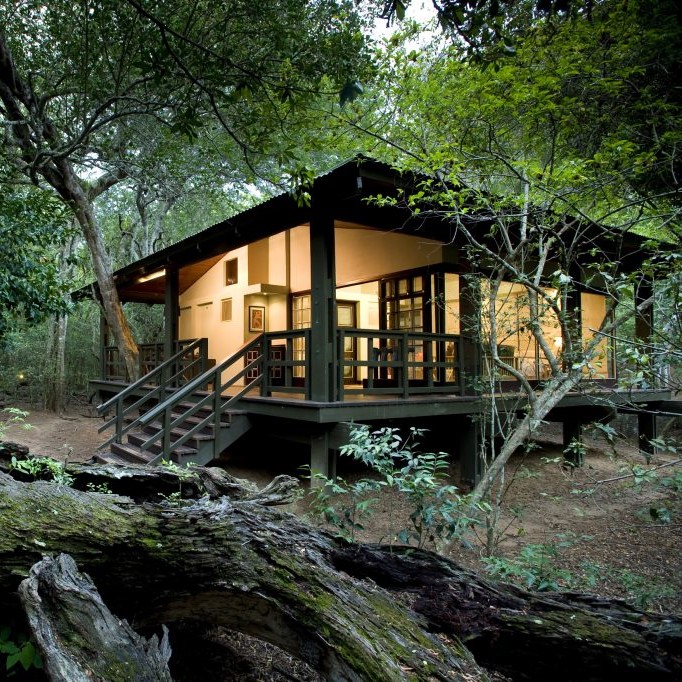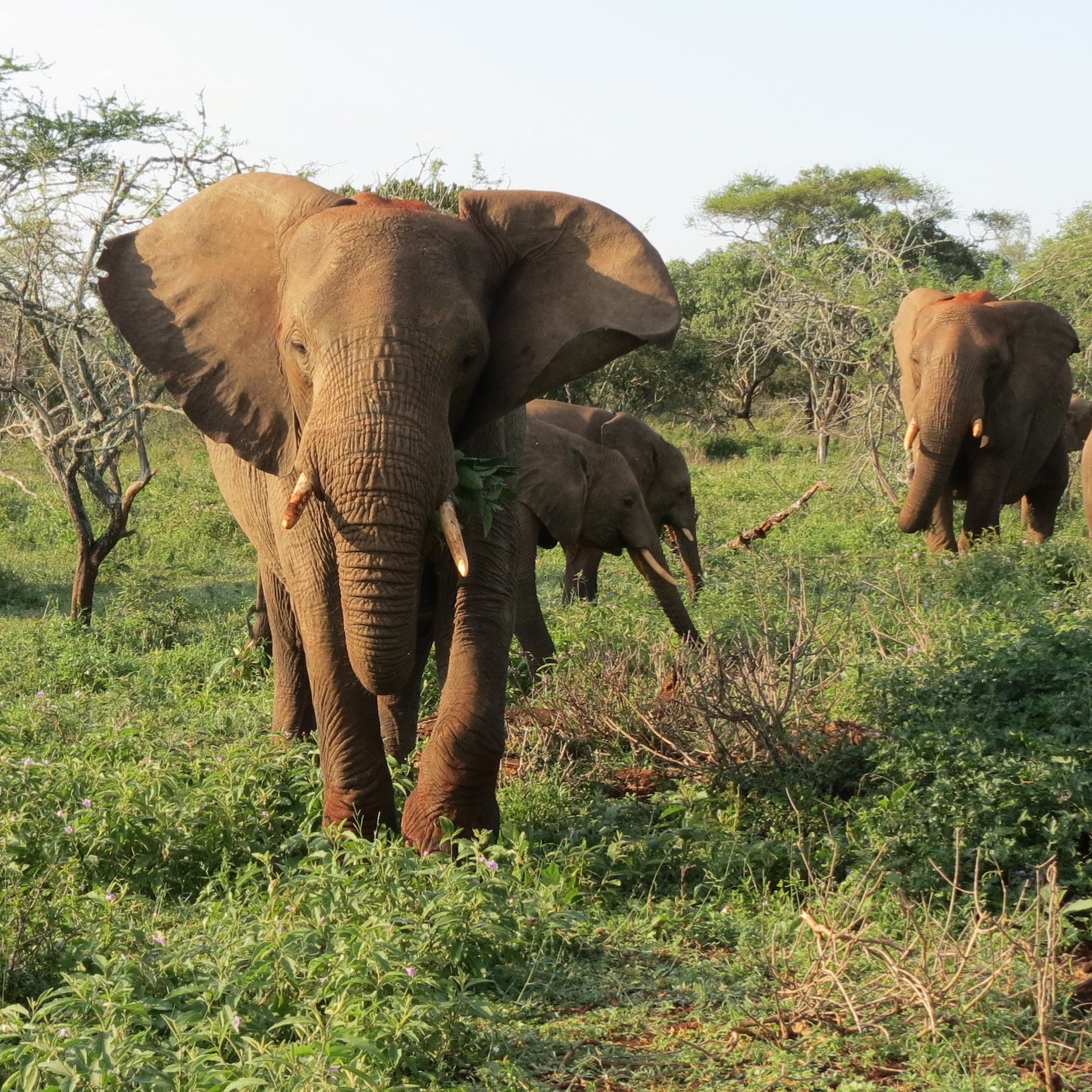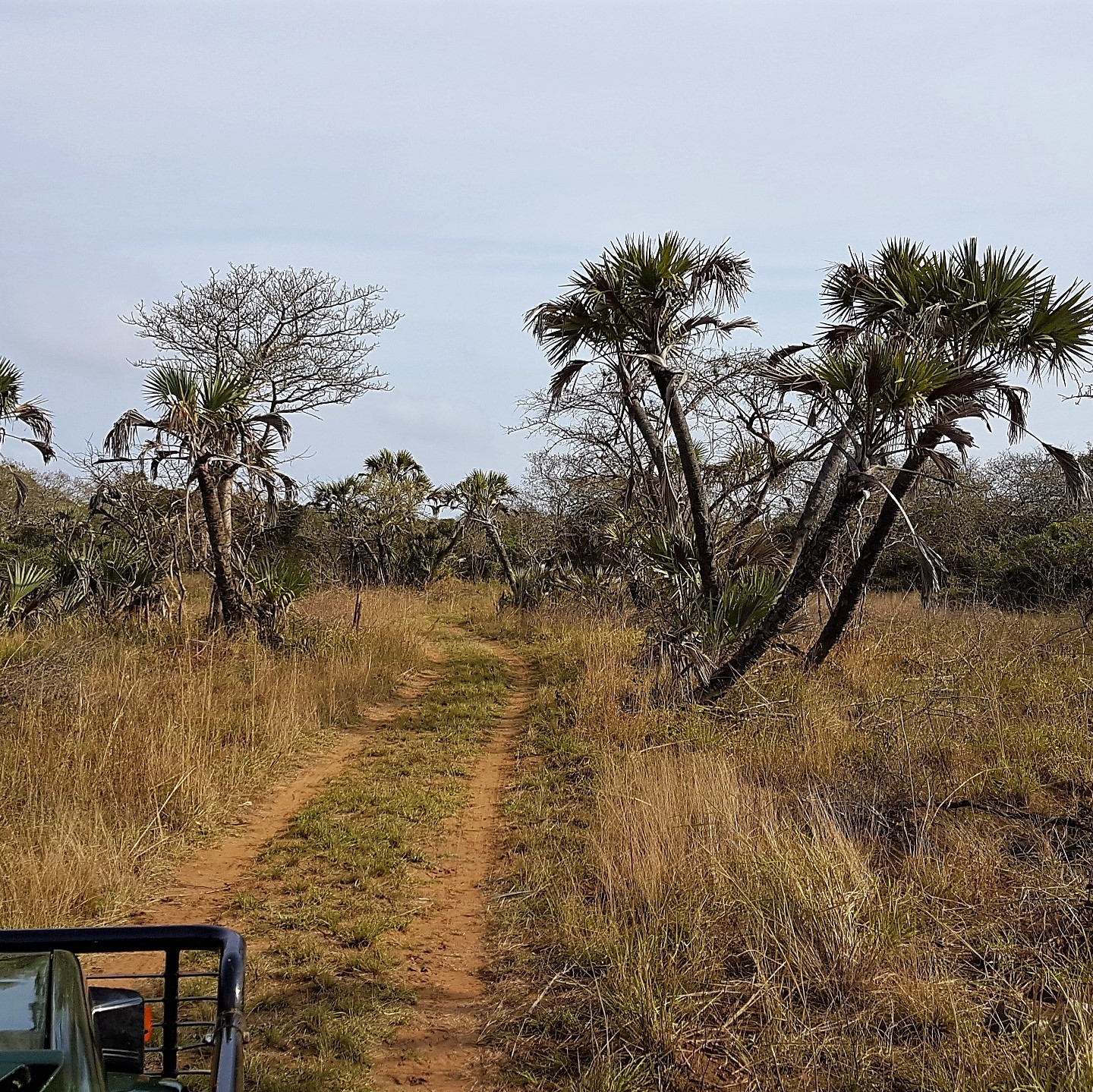There’s little that beats the romance and thrill of sleeping under canvas, especially when in Hwange National Park, in wild, Big 5 territory. Feeling like explorers of old we negotiated our way along gravel roads, through muddy patches and sections of sand – as the roads deteriorated, so did our excitement. It was our first visit to Hwange National Park, Zimbabwe’s largest proclaimed conservation area, and our first ‘under canvas’ experience in the wild.

Deteema Springs in the north-eastern section of Hwange, our first destination, is a luxurious yet un-pretentious camp owned an run by Machaba Safaris. It is built on a historical Zimbabwe Parks picnic site and set amidst granite boulders, natural bush, and large trees. Arriving at dusk adds a sense of mystery and allure; the sky is tinged with violet and the hurricane lamps along the steps of the main tent invite us towards the flickering firelight of a log fire.
It’s beginning to get dark, so we are escorted to our tent by safari guide Ntando, he sweeps his torch light back and forth, nonchalantly pointing to a tree on our left, “there was a lion kill here just a few months ago, it was a kudu”. A short distance further along a raised wooden platform is our ‘room’, an authentic canvas safari tent, complete with simple screens and zippers… and a queen-size bed, spacious ensuite bathroom, and private deck – there’s no roughing it here, the pared-down luxury and stylish décor blending perfectly with its natural surroundings.
Located in a small concession area within Hwange National Park, Deteema is perched on a rocky rise overlooking the seep, created by a collection of natural springs that ensure permanent water year-round, which is a huge drawcard for elephants during the dry season. It is the tail-end of the ‘green season’, where water in the park is plentiful and game viewing a challenge, but what may appear a disadvantage is a delight for birders as this season brings migratory birds, many of them in their breeding plumage.
Later that evening I stand on the deck overlooking the seep, the sky awash with stars and the moon reflected in the permanent water. The night sounds seem amplified and the elements of nature so much closer. A hyena whoops nearby, and during the night the long sawing sound of a leopard awakens me, baboons bark in alarm, followed by a shriek. I drift back to sleep knowing that a leopard family will sleep with full bellies come the morning.

The persistent roar of a lion fills the pre-dawn air, I linger beneath the duvet savouring the sounds of the bush as it begins to awaken and watch as the sky turns from deep red to orange. I realise how different a night under canvas is, and how much of the bush experience you miss sleeping in a regular insulated structure. I savour my coffee in the early morning light, and together with Ntando and Themba, our other safari guide, we discuss our morning activity. We had planned to walk the treeline around Deteema dam, but with the vociferous lion calls in that vicinity we opt for finding him by vehicle first, and then walking a safer distance away.
We search the tawny coloured grass for movement. It’s the perfect camouflage for a lion, we eventually spot him striding through the long grass, barely visible, and clearly on a mission – Themba tells us that there is a female in the region that has perhaps come into oestrus. He is beautiful, strong and appears in the peak of health, he pauses mid-stride to cast his piercing amber eyes in our direction before disappearing into a mopane woodland. We’d heard him and we found him, I sigh in contentment… but we had walking shoes on, so walk we must.

Walking through the bush enables one to appreciate the little things, the plants, insects and even the geology and history of the area. We inspect a termite mound and Themba explains that what we see is but a fraction of the size of their colony, and that the mound is built to provide ventilation to their underground nest. Short, scrubby mopane bushes are plentiful, as are elephant tracks, we learn that to protect themselves from excessive elephant snacking, the mopane trees release tannins from their roots to make their leaves unpalatable, and to get the message through to the surrounding trees, they release pheromones to warn of incoming elephants. How amazing is nature!
Back in our vehicle we head in the direction of the camp, but a slight detour has us arrive at a clearing under a huge sausage tree (Kigelia africana) tree, camp manager Kudakwashe, best known as ‘Kuda’ and his team welcome us with broad smiles and fragrant face cloths, and Lungani presents us with Amarula bush coffee. A campfire is burning, and chef Simiso is in the process of cooking up a storm over an open fire. Breakfast has never tasted so good!

In fact, Simiso’s cooking exceeded our expectations in every way, from the light salad lunches, and three-course dinners under the stars to the special gluten-free muffins, bread and desserts that he created especially for me – nothing was too much effort, and all was delivered with a smile.
The raised deck of our tent offers a great spot for an afternoon rest. A herd on impala graze peacefully in the distance and a troop of baboons’ forage alongside the seep. The young ones play ‘silly buggers’, the dominant male poses regally on the top of a termite mound, and a young adult, in an attempt to retrieve a tasty, out of reach sprig, tumbles down the bank into the seep – I may not be watching a herd of elephants, but these guys certainly keep me entertained. A yellow spotted hyrax feasts on vegetation and a giant plated lizard, which are plentiful, scurries beneath the boulders sensing my presence, fork-tailed drongos do fly-bys and the canvas of our tent flaps gently in the breeze. Bliss!
Too soon we had to bid farewell to the fabulous Deteema team and continue our Hwange explore…
After a long and adventurous drive south through Hwange National Park, we eventually arrived at Verney’s Camp, to a warm and friendly welcome and an icy drink.

The camp overlooks Verney’s Pan and its surrounding flood plain, and I delight in the activity it offers… a small herd of kudu come down to drink, and in the distance, I see an elephant bull sauntering towards the pan. He clearly has an attitude and takes umbrage at the Egyptian geese at the water’s edge. He slurps his fill, tosses mud around for a while and as casually as he had arrived, saunters back towards the treeline. Such is the pleasure of Verney’s location – a parade of wildlife, even in the green season!
After a late high tea, we finally retreat to our tent, which is a woefully inadequate description for the large, perfectly appointed luxurious safari tent we were to call home for two nights! I sink into one of the deckchairs on our private deck, binocs in hand and camera not too far away.
The surrounding teak forest is a haven for birdlife – we tick off the Bradfield’s hornbill and the crimson-breasted shrike in a nearby bush. More elephants and a herd of zebra make their way to the pan, as well as a journey of giraffe, who spread their legs and bend down awkwardly to drink, making them vulnerable to predators – even my presence with the camera has them retreating in caution.
Their caution is justified, as later that evening whilst enjoying drinks around the fire, we hear the nearby roar of lion. Trust, our guide, decides that we need to take a closer look and hurry to our safari vehicle. And, as he’d expected, we find a lioness sitting on the ridge in almost the exact spot where we had enjoyed sundowners earlier that evening, and in perfect view of where the giraffe had been drinking.
The game drives from Verney’s Camp tend to be long as the distances to the open plains in Hwange are far. Nevertheless, in the company of our amicable guide, the journey is pleasurable. The surrounding bush is shrouded in early morning mist and the sun peers ethereally through its haze. A herd of zebra drift out of view, and a male kudu stands to attention for a moment, his rack of horns giving him a stately presence, before bolting into the mopane woodland.
The mist soon lifts, revealing clear skies and a rise in temperature. We tick off several new bird species, such as the eastern clapper lark, eastern nicator and Gabar goshawk, and watch as a side-striped jackal (a first for us both) is dive-bombed by a blacksmith lapwing, an irritation that curtails its pursuit of a nest with eggs. We pause under a gnarled tree for a mid-morning coffee break and watch an African spoonbill sweep its bill back and forth in the nearby waterhole. We see elephant in the distance and head in their direction, it’s the green season so the vast herds that Hwange is renowned for have dispersed, but we are happy to sit quietly as three elephant saunter past us, almost oblivious of our presence, in the direction of the waterhole.
Such is the nature of any safari… timing. Sometimes it’s perfect, and at other times not. I wonder how many lion, leopard and sought-after bird sightings we’ve missed by the proverbial hare’s breath. And talking of hares, another new sighting for us was an African springhare, which was literally there one moment and gone the next.
It’s our last night at Verney’s and we dine under a canopy of stars. Snuggling under the duvet, my bedtime serenade is the distant call of a hyena, and the sploshing sounds of elephants wallowing, who by dawn, I’m sure will have disappeared, like grey ghosts into the surrounding bush.


